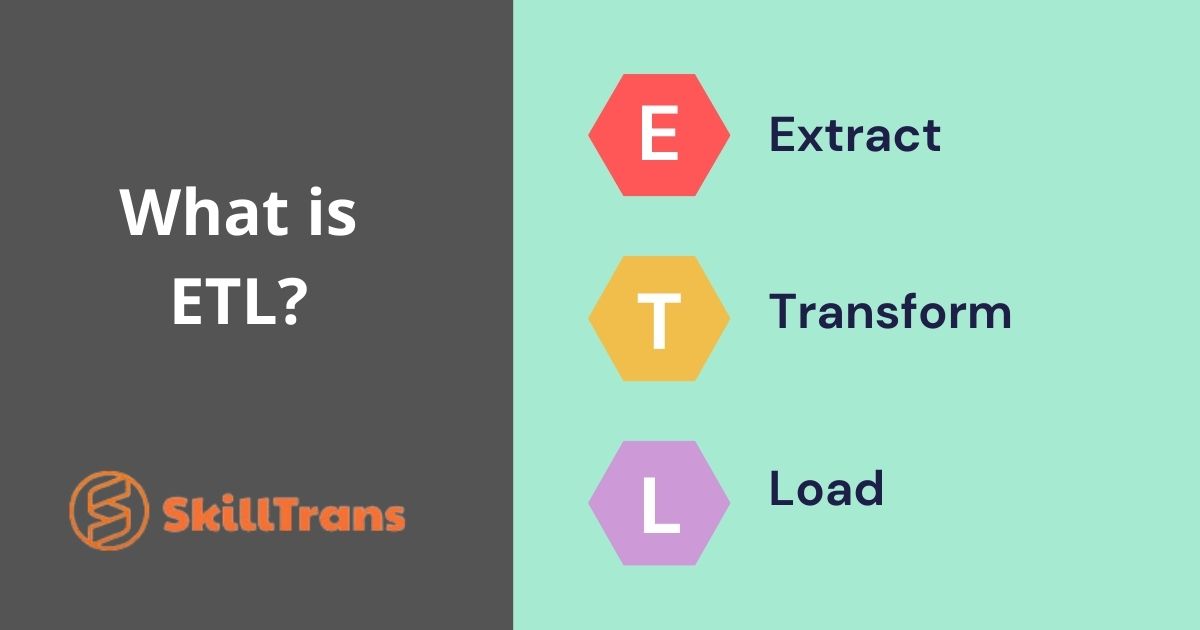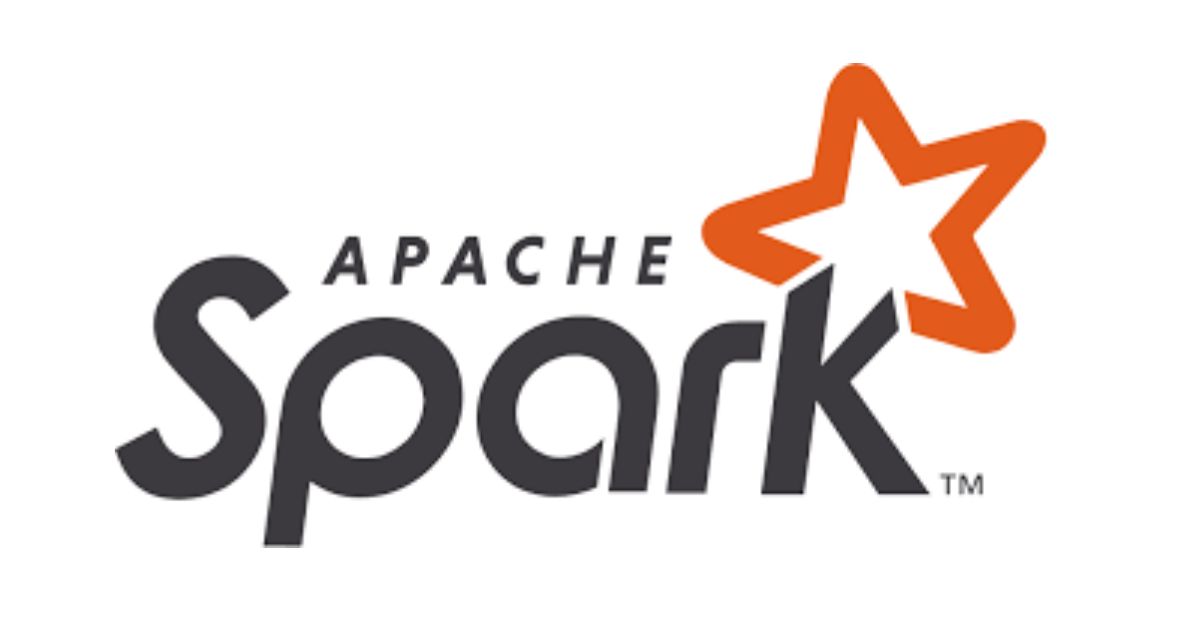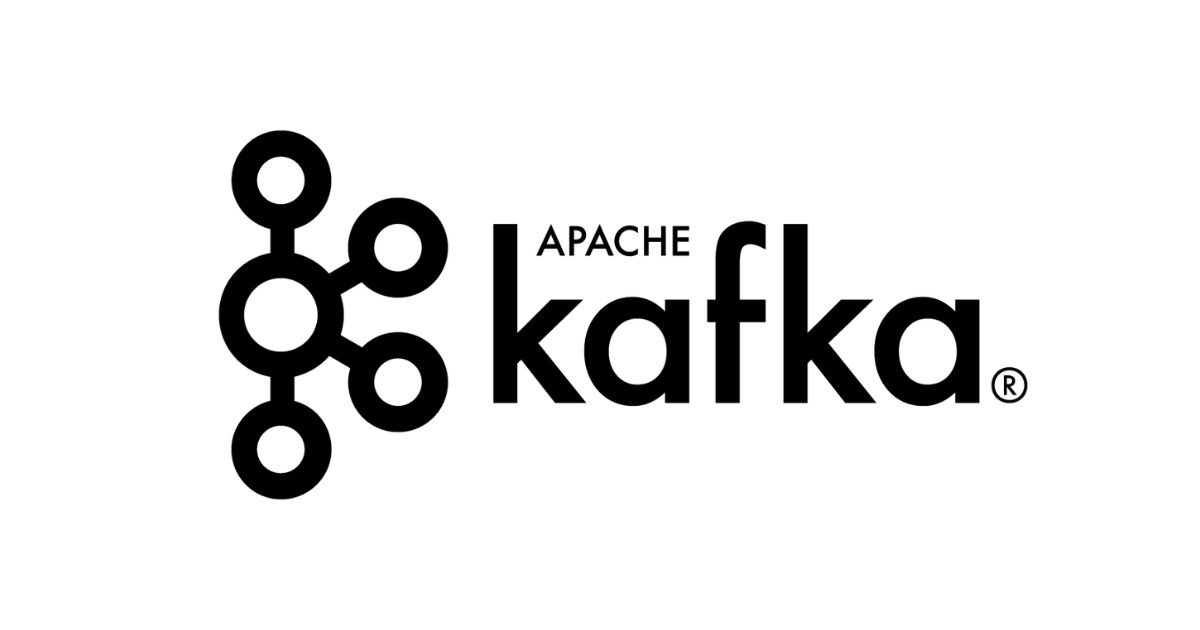Top 40 Data Engineer Interview Questions and Answers
Preparing for a data engineering interview can be a daunting task, given the vast range of technical skills and knowledge required in the field. In this article, we’ve compiled a comprehensive list of the top 40 data engineer interview questions and answers to help you confidently navigate the interview process, showcasing your expertise and securing your next role.
Let's go ahead and dive in and equip yourself with the knowledge to do your next interview.
Question 1. What is Data Engineering?

Data engineering is a field of computer science. It designs, builds, and maintains systems that store, process, and analyze large amounts of data. Data engineering builds infrastructure and tools to make data accessible and usable for data scientists, analysts, and other stakeholders.
Question 2. Why did you choose a career in Data Engineering?
Begin by explaining your genuine interest in data and technology. Mention how working with data excites you, whether it's the challenge of handling large datasets, optimizing data processes, or the satisfaction of turning raw data into actionable insights.
Discuss specific skills or aspects of data engineering that you enjoy. You can choose to work on data pipelines, optimize database performance, or data integrity.
Then, talk about the continuous learning opportunities in data engineering and how they align with your long-term career goals. Mention any trends in data engineering that excite you, such as big data, machine learning, or cloud technologies.
If applicable, share a personal anecdote or story about what initially sparked your interest in data engineering. This can make your answer more relatable and memorable.
Your answer might sound like this: "My interest in data engineering began when I worked on a project during my college years that involved analyzing large datasets. Seeing the impact that well-organized and accessible data could have on decision-making made me realize this was the career path I wanted to pursue.
I love the technical challenges when building scalable and reliable data systems, and I take pride in knowing that my work directly supports data-driven strategies. Additionally, the field’s continuous evolution offers endless opportunities for learning and growth, which aligns perfectly with my career aspirations."
Question 3. What are the key responsibilities of a Data Engineer?
Key responsibilities you should mention include:
Designing and developing data pipelines for ETL processes.
Building and maintaining databases and data warehouses.
Making sure data quality, integrity, and security.
Optimizing data storage and retrieval systems for performance.
Collaborating with data scientists and analysts to understand data requirements.
Question 4. What is ETL, and how does it work?

ETL stands for Extract, Transform, Load. It is a process used in data warehousing and data integration to extract data from various sources, transform it into a suitable format or structure, and load it into a destination system like a database or data warehouse.
Question 5. What are the differences between a Data Warehouse and a Data Lake?
Data Warehouse: Stores structured data, typically in a relational database. It’s optimized for complex queries and reporting.
Data Lake: Stores raw, unstructured, or semi-structured data. It’s more flexible and scalable, often used for big data analytics.
Question 6. What is Apache Hadoop, and how is it used in Data Engineering?
Apache Hadoop is an open-source framework that functions for distributed storage and processing of large data sets across clusters of computers using simple programming models. It is used in data engineering for big data processing, particularly when dealing with massive amounts of data that need to be processed in parallel.
Question 7. Why are you interested in this job, and why should we hire you?
This is an interesting question. So, we need to find an answer well-rounded, demonstrating both your interest in the job and why you’re the ideal candidate.
Let's explain what specifically attracted you to the job. It could be the company’s reputation, the technologies they use, the scope of the role, or the opportunity for growth.
Next, highlight how your skills, experience, and strengths align with the specific needs of the role. Mention any relevant projects or experiences to demonstrate your ability.
Finally, mention any alignment between your values or working style and the company culture. It shows that you’ve researched the company and are a good fit beyond just the technical requirements.
"I’m interested in this job because your company is at the forefront of data innovation, and I’m excited about the opportunity to work with advanced technologies and contribute to impactful projects. My experience in designing scalable data pipelines and optimizing data processes aligns perfectly with the needs of this role. I’m particularly eager to help enhance your data infrastructure and support data-driven decision-making. Additionally, your company’s collaborative culture and commitment to continuous learning resonate with me, and I believe I would thrive in this environment. My technical skills combined with my enthusiasm for contributing to your success. All of that makes me confident that I’m the right fit for this position."
Question 8. What is Apache Spark, and why is it important?

Apache Spark is an open-source distributed computing system that provides an interface for programming entire clusters with implicit data parallelism and fault tolerance. It’s important because it’s faster than Hadoop MapReduce, supports real-time data processing, and has built-in modules for streaming, machine learning, and SQL.
Question 9. What are the essential skills required to be a data engineer?
The essential skills required to be a data engineer include strong proficiency in programming languages like Python and SQL. This knowledge is indispensable for the reason programming languages are foundational for building data pipelines and managing relational databases.
You also need to highlight familiarity with big data technologies such as Hadoop and Spark, as well as cloud platforms like AWS or Azure, which hold a prominent position in handling large-scale data.
Don't forget that non-technical skills like problem-solving, communication, and collaboration are also vital for working effectively with teams and stakeholders. Lastly, given the fast-paced nature of the field, a commitment to continuous learning and adaptability is key to staying current with new tools and technologies.
Question 10. Could you list the key frameworks and tools indispensable for data engineers?
Key frameworks and tools for data engineers encompass:
Apache Hadoop and Apache Spark for big data processing
ETL tools like Apache NiFi and Talend for data integration.
SQL databases like PostgreSQL
NoSQL databases like MongoDB
Data warehousing solutions such as Amazon Redshift and Snowflake
Cloud platforms like AWS, Azure, and Google Cloud
Workflow orchestration tools like Apache Airflow are essential for managing data pipelines
Real-time processing tools containing Apache Kafka and Apache Flink for handling streaming data.
Version control systems like Git along with CI/CD tools like Jenkins and Docker to efficient collaboration and deployment.
Question 11. What are some common data modeling techniques?
Some common data modeling techniques:
Entity-Relationship Diagrams (ERDs): Visual representation of data entities and their relationships.
Star Schema: A data warehouse schema that uses a central fact table connected to dimension tables.
Snowflake Schema: A more normalized version of the star schema where dimension tables are further split into related tables.
Normalization and Denormalization: Techniques used to organize data within databases to reduce redundancy and improve performance.
Question 12. What is SQL, and why is it essential for Data Engineers?
SQL (Structured Query Language) is a programming language used to manage and manipulate relational databases. It’s essential for Data Engineers because it plays an important role in querying, updating, and managing data stored in relational databases, which are often the backbone of data engineering projects.
Question 13. How do you ensure data quality in your pipelines?
Method of ensuring data quality:
Implementing validation checks during data ingestion.
Using data cleansing techniques to handle missing or inconsistent data.
Setting up monitoring and alerting systems to detect anomalies.
Implementing automated tests to validate data integrity.
Regularly auditing and profiling data to catch issues early.
Question 14. What challenges came up during your recent project, and how did you overcome these challenges?
Don’t rush to find a problem you’ve had recently. It may be a trivial problem or one that doesn’t represent your abilities well. The most successful approach to answering this question is to find a problem that demonstrates the strengths you want to convey to the employer. It must demonstrate your problem-solving skills, technical expertise, and ability to work under pressure.
Detail the steps you took to address the challenges. Highlight any tools, techniques, or strategies you used. Emphasize your ability to troubleshoot, innovate, and adapt.
Conclude by reflecting on what you learned from the experience and how it has made you a better data engineer. It shows that you not only solve problems but also grow from them.
Question 15. What is a Data Pipeline, and how do you design one?
A data pipeline is a set of processes that move data from one or more sources to a destination for storage and analysis. To design a data pipeline:
Identify the sources and destinations.
Define the data transformation logic.
Choose appropriate tools and technologies (e.g., Apache Kafka for streaming, Apache Airflow for orchestration).
Ensure the pipeline is scalable, reliable, and easy to maintain.
Question 16. Explain the concept of Data Partitioning.
Data partitioning is dividing a large dataset into smaller, more manageable pieces or partitions, often based on specific criteria like date, region, or customer ID. This technique improves query performance, data management, and scalability in distributed data systems.
Question 17. What are the best practices for designing a data warehouse?
Best practices for designing a data warehouse:
Maintaining data consistency and accuracy.
Using appropriate schemas like stars or snowflakes.
Optimizing for query performance through indexing and partitioning.
Implementing security measures for data protection.
Regularly backing up data and keeping disaster recovery capabilities.
Question 18. How do you handle schema evolution in a data pipeline?
Handling schema evolution in a data pipeline:
Implementing versioning for schemas.
Using tools like Apache Avro or Parquet that support schema evolution.
Making sure of backward compatibility with existing data.
Testing changes in a staging environment before applying them to production.
Question 19. What is Data Sharding?
Data sharding is a database architecture pattern where data is horizontally partitioned across multiple database instances or shards. Each shard holds a subset of the data, which has the function of improving performance and scalability, especially for large datasets.
Question 20. What is Apache Kafka, and how is it used in Data Engineering?

Apache Kafka is a distributed streaming platform that is used to build real-time data pipelines and streaming applications. In data engineering, Kafka is often used to collect, process, and store data streams from various sources, enabling real-time data analytics and processing.
Question 21. Explain the role of Airflow in Data Engineering.
Apache Airflow is an open-source tool to programmatically author, schedule, and monitor data workflows. It’s used in data engineering to manage complex data pipelines. That means engineers can define tasks and dependencies, as well as automate and monitor their execution.
Question 22. What is a NoSQL database, and when would you use one?
NoSQL databases are non-relational databases designed to handle large volumes of unstructured or semi-structured data. They are used when we need to manage big data, require high scalability, or need a flexible schema (e.g., MongoDB, Cassandra).
Question 23. What is a Data Lakehouse?
A Data Lakehouse is an architecture that combines the best elements of data lakes and data warehouses. It stores both structured and unstructured data in a single location. Furthermore, it possesses the scalability and flexibility of a data lake with the management and query capabilities of a data warehouse.
Question 24. How do you optimize data processing in a distributed environment?
Optimizing data processing in a distributed environment:
Partitioning data to parallel processing.
Using in-memory processing frameworks like Apache Spark.
Applying data compression to reduce I/O.
Tuning resource allocation for clusters.
Implementing efficient data serialization formats like Parquet or Avro.
Question 25. What is Data Governance, and why is it important?
Data Governance refers to managing an organization's data availability, usability, integrity, and security. It’s important because it guarantees that data is accurate, consistent, and accessible to the right people - indispensable conditions for decision-making, compliance, and risk management.
Question 26. What is Data Normalization, and why is it used?
Data normalization is the process of organizing data to reduce redundancy and improve data integrity. It’s used in relational databases, having the impact of making it easier to maintain and query.
Question 27. Explain the CAP theorem.
The CAP theorem states that a distributed database system can only provide two out of three guarantees: Consistency, Availability, and Partition Tolerance. It highlights the trade-offs between these three properties in distributed systems.
Question 28. What are the challenges of working with Big Data?
Challenges of working with Big Data:
Handling the volume, velocity, and variety of data.
Difficulty in data quality and consistency.
Scalability of storage and processing systems.
Managing data privacy and security.
Integrating and processing data from diverse sources.
Question 29. What is MapReduce?
MapReduce is a programming model used for processing large data sets across a distributed cluster. It consists of two main tasks: the Map task, which processes and filters data, and the Reduce task, which aggregates the results. Hadoop’s implementation of MapReduce is one of the most common uses.
Question 30. How do you approach data security in a data engineering project?
Approaches to data security in a data engineering project:
Implementing encryption for data at rest and in transit.
Setting up access controls and authentication mechanisms.
Regularly auditing data access and usage.
Using data masking and anonymization techniques.
Question 31. What are the differences between Batch Processing and Stream Processing?
Batch Processing: Processes data in large, periodic batches. It’s suitable for operations that don’t need real-time processing, like daily report generation.
Stream Processing: Processes data in real-time as it arrives. It’s used in scenarios where immediate insights or actions are required, such as fraud detection or live analytics.
Question 32. What is Apache Hive, and how is it used?

Apache Hive is a data warehouse infrastructure built on top of Hadoop. It offers an SQL-like interface to query and manage large datasets stored in Hadoop. It’s used for data summarization, querying, and analysis in big data projects.
Question 33. What is Data Archiving, and why is it important?
Data archiving is the activity of moving inactive or infrequently accessed data to a storage system that is cheaper and more appropriate for long-term retention. Its impact on the whole system lies in reducing storage costs, improving system performance, and data is preserved for regulatory or historical purposes.
Question 34. Explain what a Data Mart is.
A Data Mart is a subset of a data warehouse, focused on a specific business area or department. It has a more streamlined and accessible view of data relevant to a particular function, such as sales or finance, enabling quicker and more targeted decision-making.
Question 35. How do you handle data migration projects?
Handling data migration projects:
Planning and scoping the migration process.
Assessing and preparing the data for migration, including data cleansing.
Choosing appropriate migration tools and techniques.
Testing the migration in a controlled environment.
Executing the migration and validating the results.
Monitoring and resolving any issues post-migration.
Question 36. What is Data Versioning, and why is it important?
Data versioning is maintaining different versions of data as it evolves over time. It tracks changes, warranting reproducibility in data analysis, and supporting rollback in case of errors or issues.
Question 37. What are Data Lakes, and what are their benefits?
Data Lakes are large storage repositories that can hold vast amounts of raw data in its native format. Benefits include:
Scalability and flexibility to store structured or unstructured data.
Cost-effectiveness due to cheaper storage options.
The ability to store data from various sources without preprocessing.
Question 38. What is a Data Catalog?
A Data Catalog is a metadata management tool that supports organizations organize, manage, and search for data assets. The function of this tool is to provide an inventory of available data sources, their locations, and relevant metadata, making it easier for users to discover and understand the data they need.
Question 39. What is the role of Machine Learning in Data Engineering?
Machine Learning automates data processing tasks, enhancing predictive analytics, and enabling the creation of more intelligent data pipelines. Data Engineers often prepare and manage the data infrastructure that supports machine learning models.
Question 40. Explain how data analytics and big data can increase company revenue.
By leveraging data analytics and big data, companies can make smarter decisions, enhance customer experiences, and streamline operations, all of which contribute to sustained revenue growth.
Conclusion
If you want to well-prepare for a data engineering interview, you need a strong understanding of technical concepts and practical problem-solving skills. So, remember to highlight your experience, adaptability, and eagerness to learn, as these qualities are highly valued in the rapidly evolving field of data engineering. With the right preparation, you can confidently approach your interview and demonstrate that you are the ideal candidate for the role.
One way to stay on track to become a data engineer is to continually improve your knowledge. Skilltrans has a variety of courses at attractive prices, which is always a great choice for you.

Meet Hoang Duyen, an experienced SEO Specialist with a proven track record in driving organic growth and boosting online visibility. She has honed her skills in keyword research, on-page optimization, and technical SEO. Her expertise lies in crafting data-driven strategies that not only improve search engine rankings but also deliver tangible results for businesses.



